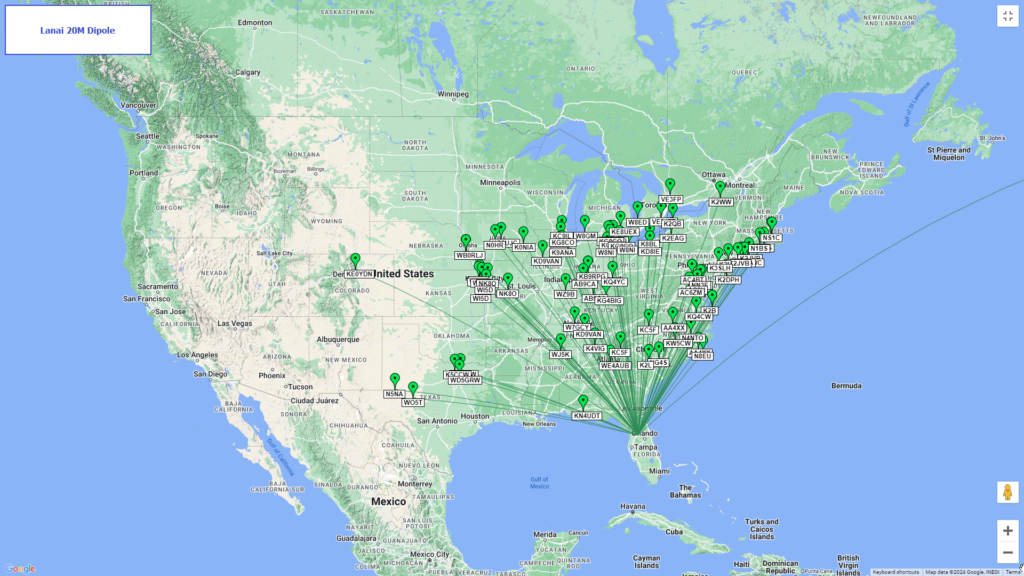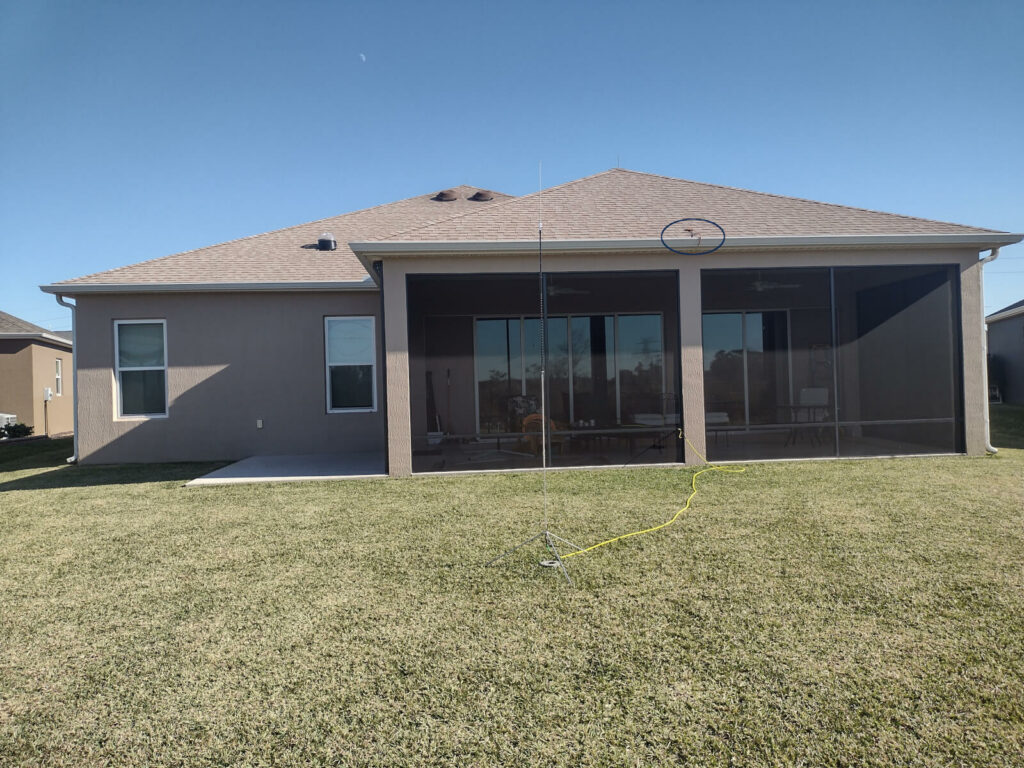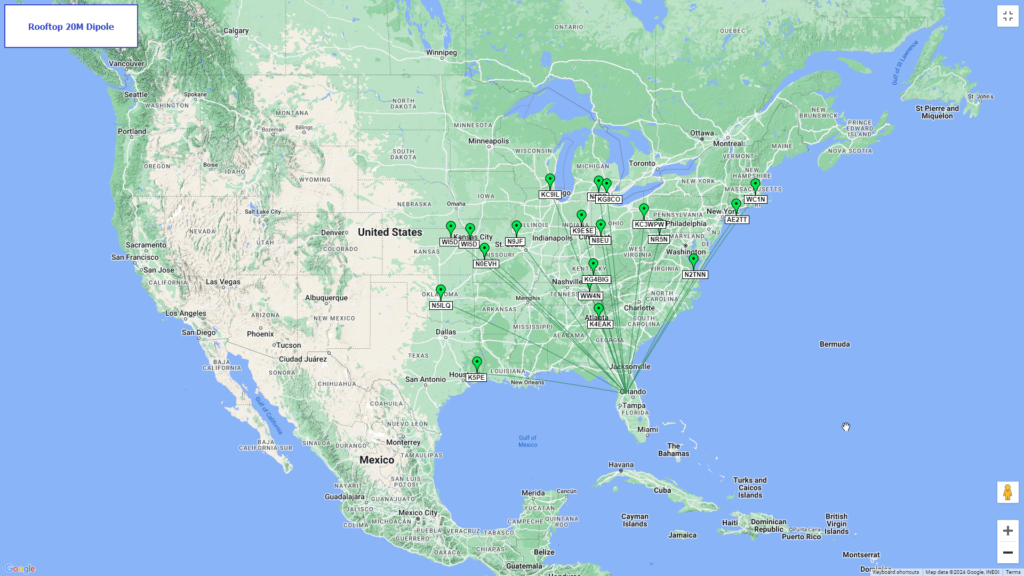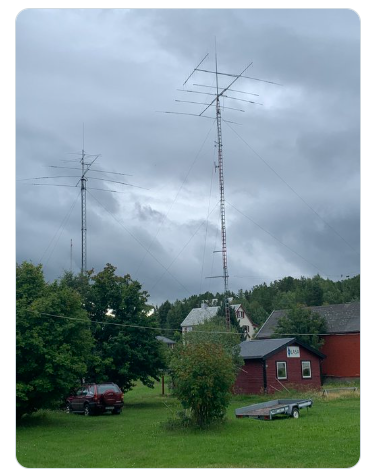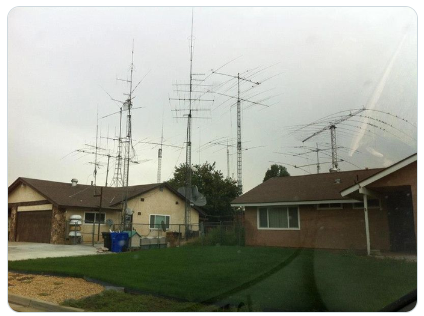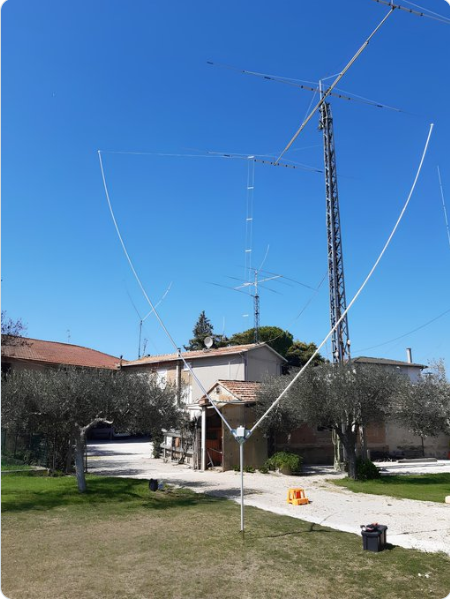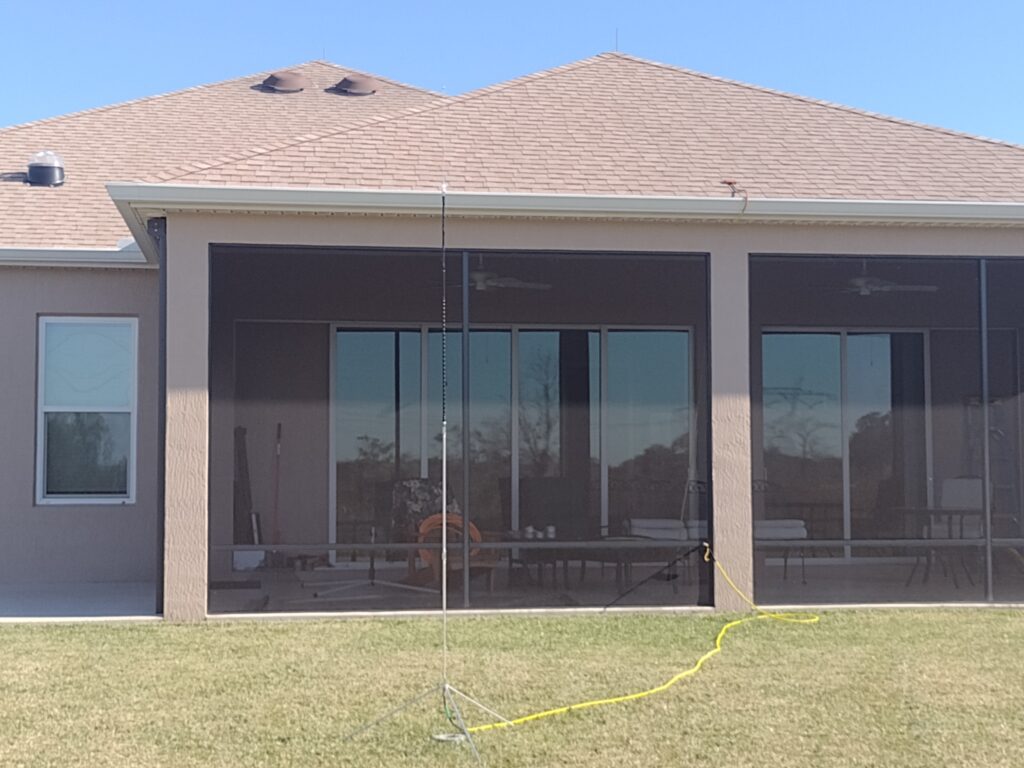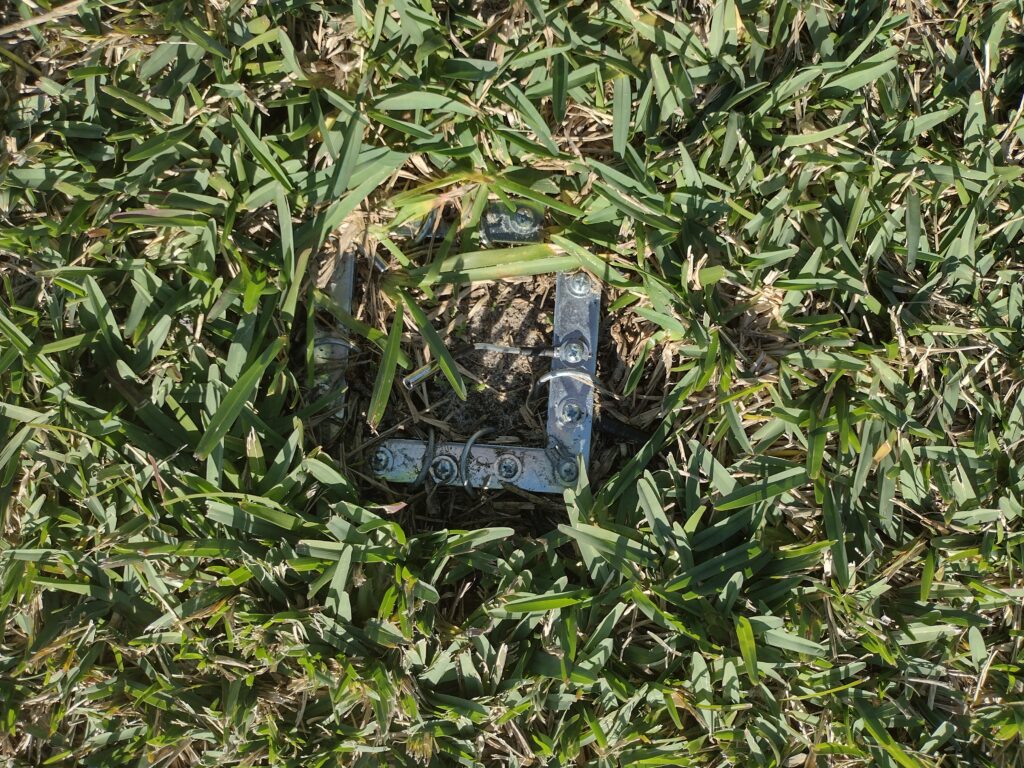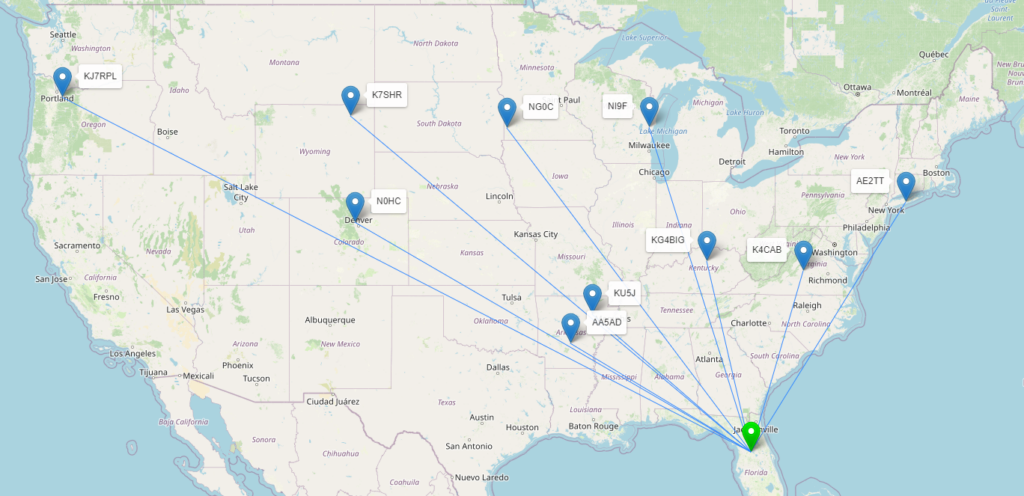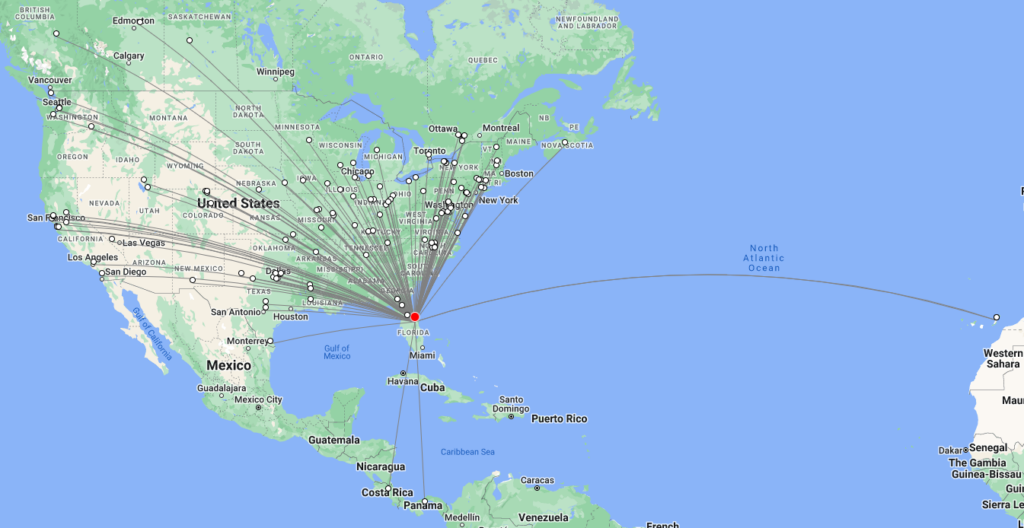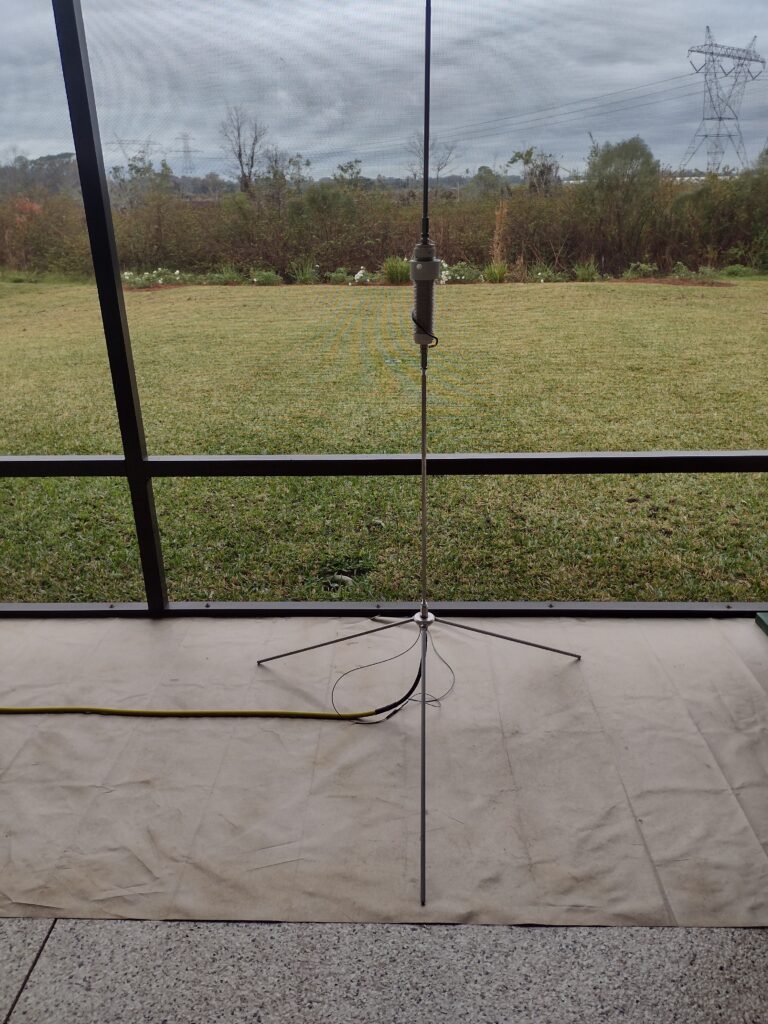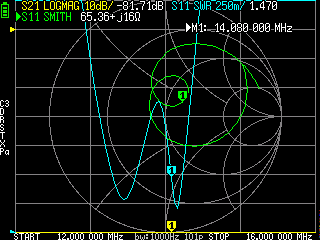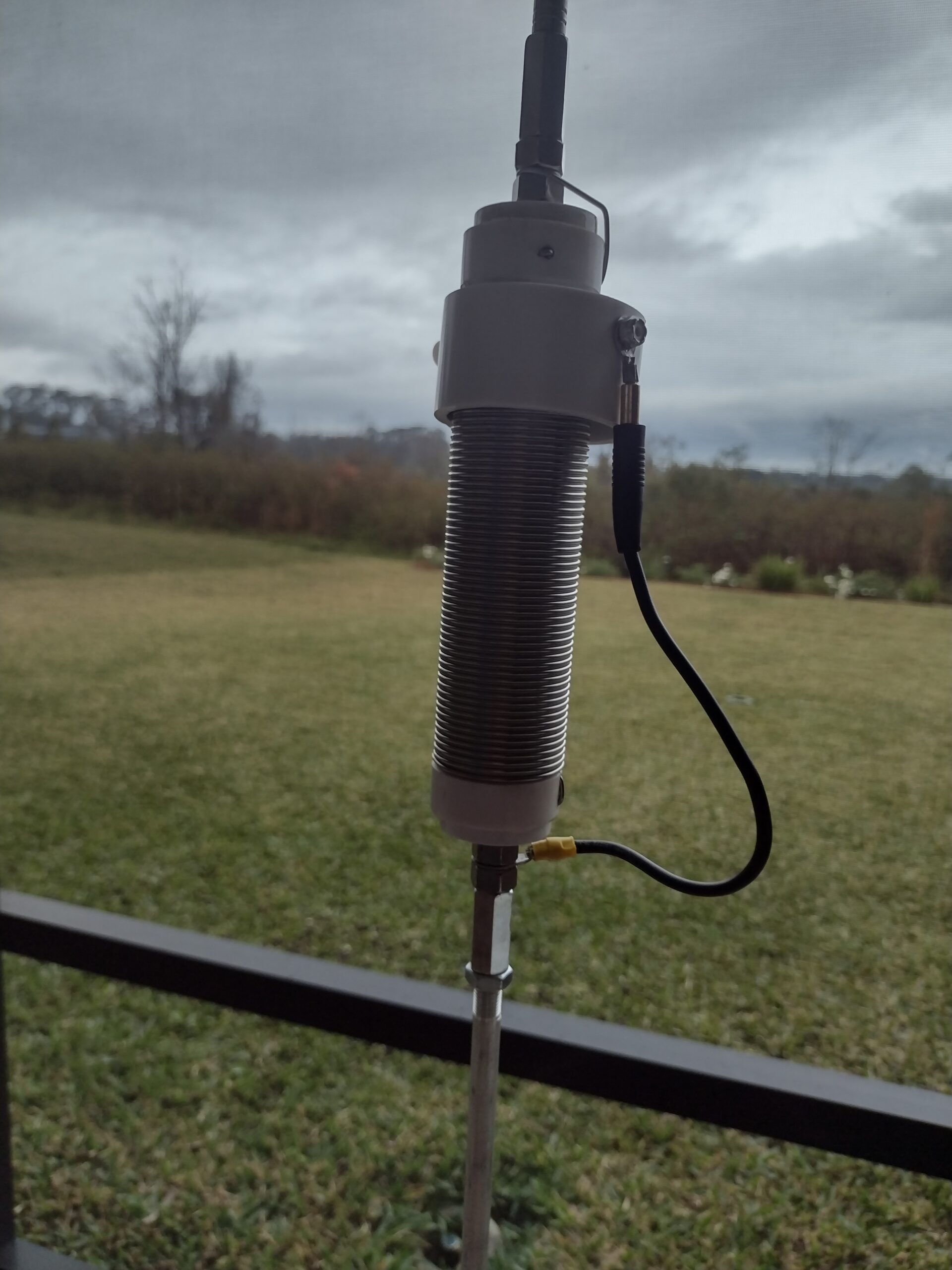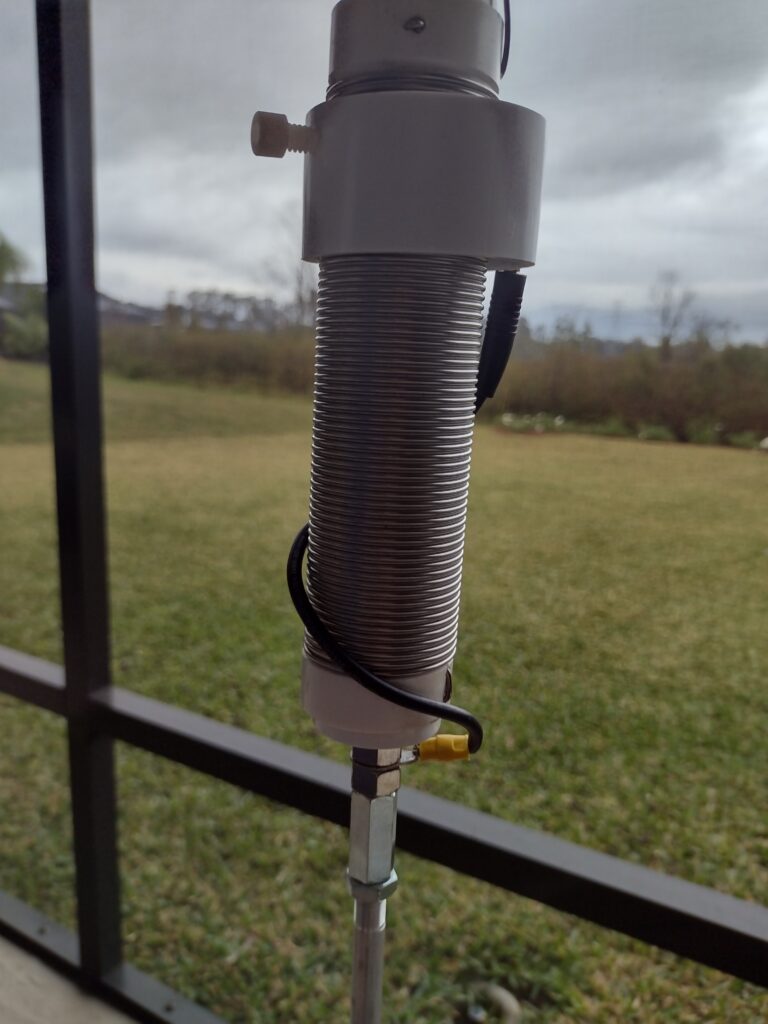Those who have tripped across my QRZ page know that my primary interests are QRP, CW and POTA (Parks On The Air). It’s also true that I’m in perpetual CW rehab, which is coming along more slowly than I would like. Some of that might be due to my addiction as a POTA hunter. For an old ham returning to the hobby after a 30+ year lapse, and trying to relearn CW the right way, POTA is an easy entry point. The protocol for POTA is very simple (I need simple) and brief. It is almost spoils one because the 2 most important things one need listen for is their own callsign and a signal report. Know when someone is answering you and know that right after the signal report it’s your turn to send the expected reply. The good news is that I’ve become comfortable with POTA to the tune of about 1200 QSOs over the past 6 months. The bad news is that my CW comprehension is slowly improving, but not as much as I would like.
A while ago I made a determination to do 2 things (1) break out of my “POTA plateau” into other types of CW exchanges, and (2) apply to get into a CWInnovations class. Both were involved in a strange QSO I had today.

There weren’t many activators in parks today, and after I worked all that I could hear, I wandered around looking for other activity. I heard K3Y/4 on 20M at about 21:00z this afternoon, and answered. I foolishly answered in POTA style with only my callsign and was pleasantly surprised to hear a return. That’s where “pleasant” ended. I suddenly realized “Ohhhhh, this is a special events station… and I don’t know the protocol.” The response was coming quickly now (did I mention I need comprehension improvement?) It slowly sank in that K3Y was part of the month long event for the Straight Key Century Club, SKCC. … and my cheat sheet for SKCC exchanges wasn’t within reach. I fumbled terribly through QTH and RST information and then heard the respondent send a string of numbers (among other stuff that I missed). Numbers? Oh yeah; that must be their SKCC membership number. I have one of those, remembered it, and sent it off. We managed to close the QSO peacefully, but I thought it a very ragged mess on my part. I missed a lot, and fumbled a lot.

OK. So, who was that person behind the K3Y/4 callsign? Digging around enough in the K3Y website one can find a schedule of operators for the event. Hmmmm, let’s see… 20:00z to 22:00z on Jan 10 K3Y/4 is operated by K04WFP, Teri Beard. YIKES!!! Teri is one of my CW coaches on an upcoming CWInnovations class.
Great goin’ Bob, what a way to have a first QSO with a future coach!
I should also note that I violated one of my own practices. I failed to listen first, to get an idea from the previous QSOs of how they go. Many say part of learning is being uncomfortable. Been there, done that.

